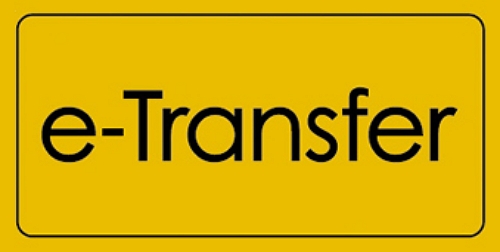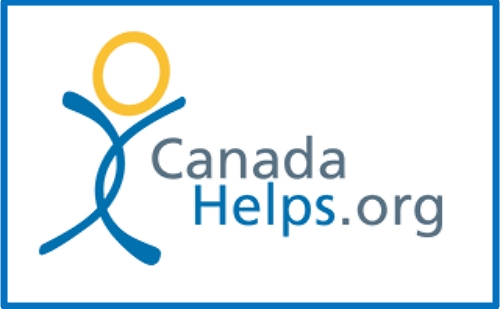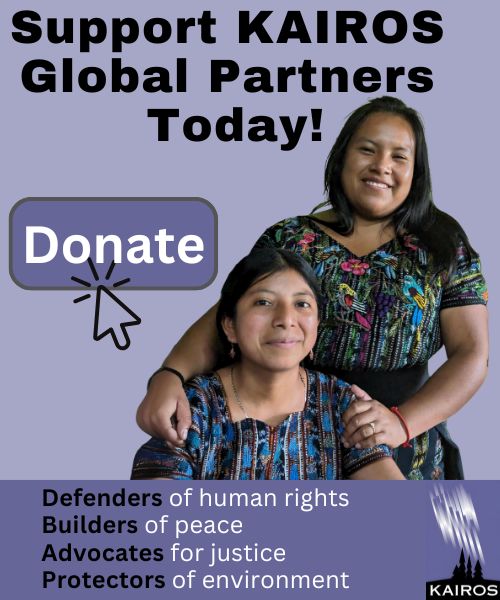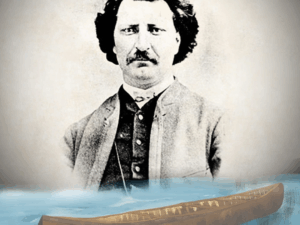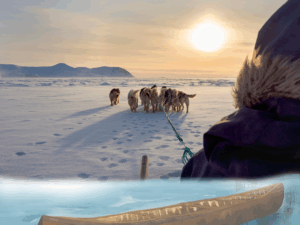Site C legal challenge on UNDRIP anniversary shows Indigenous rights are a long ways away
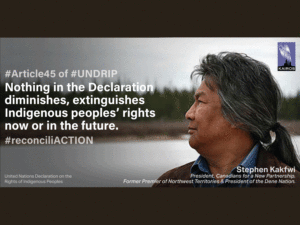
Nine years ago today, on September 13, 2007, the United Nations took an important step towards reconciliation with Indigenous peoples when the General Assembly voted 144-4 to adopt the UN Declaration on the Rights of Indigenous Peoples. While 11 countries abstained, four countries voted against the Declaration: Canada, the United States, New Zealand and Australia.
Canada has the dubious distinction of being the only country to vote against this human rights instrument twice — the first time was at Human Rights Council the year before the General Assembly vote. This opposition from four powerful countries that often pride themselves as champions of human rights — even after two decades of education, bridge building and back channeling by Indigenous people and their allies — was an indication of how much work remained to ensure Indigenous peoples’ rights are recognized and implemented.
The Declaration does not create new rights. It interprets universal human rights to fit an Indigenous context and it is a minimum standard to ensure Indigenous peoples can survive and thrive. At its core is the affirmation of Indigenous peoples’ right to self-determination, including their right to manage their own natural resources and to have a say in how development will take place in their territories.
A crucial right is the right to free, prior and informed consent (FPIC), which comes into play when an Indigenous community is considering proposed projects. After an independent assessment of how a project will impact their rights, a community has the right to give or withhold its consent. Self-determination cannot exist without this basic right for a community to determine if a project involves too many serious risks and negative impacts.
This is not the same as having a “veto,” which implies unilateral and arbitrary power. In 2007, the Government of Canada said it withheld its support for the Declaration because of the supposed veto it afforded to Indigenous peoples. In fact FPIC, and the Declaration more generally, are about balancing rights, not one group’s absolute rights.
In November 2010, on the Friday before a long weekend at a press conference in Washington, D.C., and without consulting Indigenous peoples, Canada finally issued a provisional endorsement for what it described as an “aspirational” document. Earlier this year there was a commitment from the current government to adopt and implement the Declaration. The private member’s bill C-262, which would require Canada’s laws to be consistent with the standards in the Declaration, is pending its second reading but has so far not gained a lot of traction.
One way KAIROS is marking this ninth anniversary is with the arrival of the Site C Caravan in Ottawa. Community members from the Peace Valley region of Treaty 8 territory in northern British Columbia have traveled by bus across the country to generate support for their opposition to the Site C hydro-electric dam. The dam was approved by the federal government even though consent has not been granted by the First Nations communities who will be impacted, and the impact will be severe and irreversible. Costly and time-consuming court challenges have been launched by the West Moberly and Prophet River First Nations but in the meantime BC Hydro is clear-cutting the sensitive ecosystem that the legal cases are seeking to protect.
This is not a celebratory way to be marking the anniversary, although the strength and courage of the individuals on the front lines of the struggle to stop Site C is reason to celebrate, but it is a good indication of where we are at in Canada when it comes to respect for Indigenous rights. We need more than good words, we need to show in concrete ways that we respect Indigenous peoples’ right to self-determination.
To learn more about the Declaration, follow @kairoscanada on Twitter #UNDRIP
Originally published on rabble.ca on September 13, 2016, written by Katy Quinn

